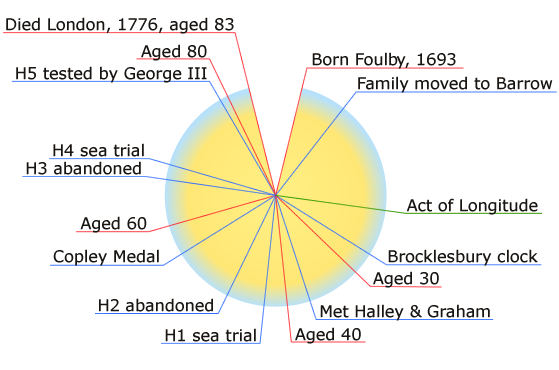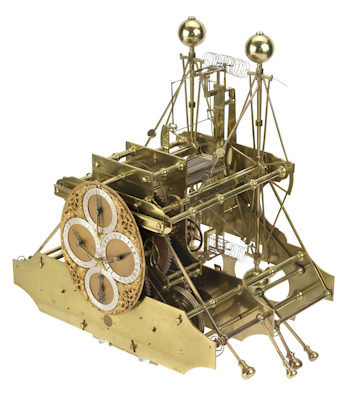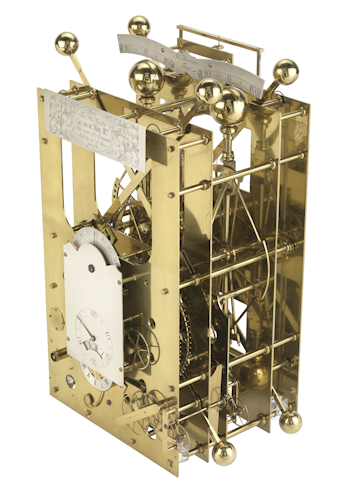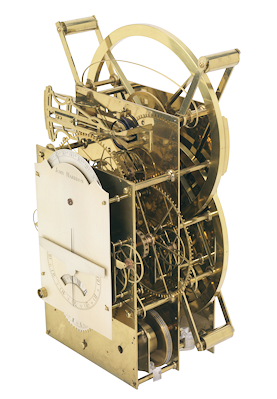Harrison and the Longitude Problem
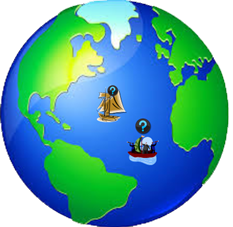
Even on land, finding your way from one place to another can be difficult. At sea there are no roads, no signposts and no landmarks. To know where you are, you need two co-ordinates: an East-West and a North-South.
In geographical terms, these are degrees of longitude and degrees of latitude. Sailors had long been able to calculate latitude using various instruments, which enabled the measurement of the angle between the horizon and the sun, moon or a star. The sextant was invented in 1757 and is still in use today.
So sailors knew how far north or south they were – but they had only a rough idea of where they were in an east-west direction.
As a result many ships sank because they had miscalculated their position and struck rocks. Or, like George Anson’s expedition of 1741, spent valuable days or weeks at sea around the South American coast trying to locate land while sailors died from diseases brought on by lack of fresh water and food.
The Act of Longitude
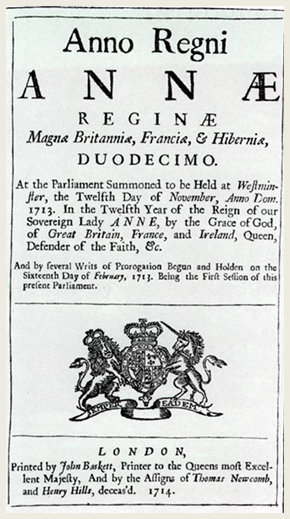
By the end of the 17th century maritime trade was developing rapidly. More and more ships were crossing oceans, especially the Atlantic, rather than sailing within sight of land. All the major trading states of Europe were concerned. Men and cargoes were being lost at an alarming rate.
One of the worst disasters was that of the fleet of Sir Cloudesley Shovell which sank off the Scilly Isles in 1707. Over 1400 sailors drowned, including Shovell himself.
Something had to be done – although it was not until 1714 that parliament passed the Longitude Act, which established the Board of Longitude and offered a prize of up to £20,000 to anyone who could find a practical method of determining longitude accurately at sea.
The prize attracted the attention of both serious and eccentric inventors and thinkers. Both of the solutions which seemed most promising were based on time. If you knew the time at a fixed point – say the port from which you sailed – and the time at your current position, you could work out the exact longitude. Two ways of tackling this were proposed: the lunar method and the timepiece method.
Time tells you where you are
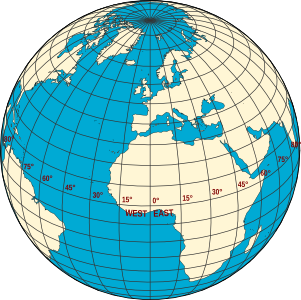
Since the Earth rotates at a steady rate of 360° per day, or 15° per hour, there is a direct relationship between time and longitude.
If you know the time at a fixed reference point – for example, your port of departure when it is noon on board, the difference between them would give the ship's position relative to the home port.
It was a straightforward matter to determine noon on board ship. The problem was how to determine the time at a distant reference point while at sea.
One method, supported by many learned men of the time, was based on lunar distances. It involved measuring the distance between the moon and another celestial object such as a star. It was a method which was feasible but it involved lengthy and complicated calculations. It also relied on reliable data about the position of the moon and stars which did not then exist.
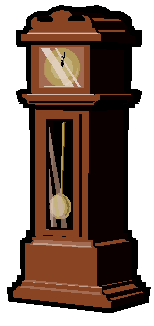
However, the work of Neville Maskelyne (Astronomer Royal 1765-1811) and others in making thousands of observations and creating lunar tables began to make the lunar distances method viable.
An alternative method would be to have an accurate timepiece on board the ship which would always show the time at the home port. Unfortunately, not only were clocks inaccurate, they could not be taken to sea because they relied on a pendulum to keep time. The motion of a ship at sea made pendulum clocks impractical and watches were even less reliable. However, one man though he could make a clock which would work at sea . . .
John Harrison
When the Act of Longitude was passed, John Harrison was living in Barrow and was 21 years old. News of the Act and the prize would have taken some time to reach him, by which time he was already making clocks of astonishing accuracy.

His first pendulum clock was completed in 1713 and was unique in that it was made almost entirely from wood. He created at least two more by 1717 and around 1720 was asked to make one for Sir Charles Pelham of nearby Brocklesby Park. The clock he built is still working!
The clocks Harrison made at this time were full of new ideas and inventions. His clocks:
- used a wood called lignum vitae which exudes its own grease and never needs oiling
- reduced friction by using a clever mechanism which came to be known as the ‘grasshopper escapement’ from the resemblance to the insect’s legs.
- incorporated a new kind of pendulum which did not expand or contract in hot or cold weather: the grid-iron pendulum.

The gridiron pendulum: expansion of one metal is counterbalanced by expansion of the other metal in the opposite direction.
The brothers tested the accuracy of the clocks by observing the movement of specific stars in relation to the chimney of a neighbour’s house on Barton Lane. They were accurate to a second a month – better than any clocks available from professional clockmakers.
Harrison’s Amazing Clocks
When Harrison heard about the Longitude Prize, he became determined to win it. Throughout the course of the decades that followed, he never wavered in his belief that a sea-going clock was the answer and he was the man to make it.
His first attempt (now known as H1) was given its trial on the River Humber and was shown to be sea-worthy. The clock impressed Halley, the Astronomer Royal, and was sent for a trial sea voyage to Lisbon. The clock not only performed well but helped the ship navigate safely back up the Channel.
However, Harrison spotted faults in it and spent the next two years working on an improved version.
Even this one did not please him and so, in 1740 he started work on his third sea-clock. This took him nineteen years! In the meantime, he was supported by grants from the Board of Longitude who appreciated the importance of his work and his abilities.
In the nineteen long years it took him to build H3 he worked on other horological projects as well as maintaining his musical interests.
He also began experimenting with watches . . .
From Clock to Watch
The minutes of the Board of Longitude 18 Jun 1755 record that Harrison asked for money to continue working on H3 but also
“to make two watches . . . having good reason to think . . . that such small machines may be rendered capable of being of great service with respect to the Longitude at sea . . . ”
Money was granted. Over the next four years Harrison again applied his technical skills and his capacity for innovative thinking in order to produce the most important watch ever made: H4.
It was John’s son William who took H4 on its sea trial to the West Indies in 1761-2. On a voyage of 147 days, the watch was calculated to be just 1 minute 54.5 seconds out. However, the Harrison’s had neglected to inform the Board of the watch’s ‘rate’ (the regular and predictable amount by which a timepiece gains or loses) and as a result the trial had failed to prove H4’s capabilities. The Board did, however, award £2,500 and agreed to another sea trial.
H5, the King and the Prize
While Harrison was pursuing his sea-clock method, others, notably Nevil Maskelyne (Astronomer Royal from 1765), were working hard on the lunar-distance method and making progress in compiling useful charts for mariners. This method had long been the most favoured among scientists and was beginning to be a practical option.
H4’s second trial was a great success but the Board awarded only half the prize money. The Act of Longitude stated that the method had to be ‘practicable and useful’. They needed, not unreasonably, to know that the watch could be reproduced – and that it could be made at a cost which would make it a practical option for thousands of ships.
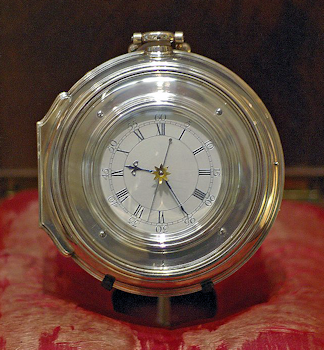
To win the remaining prize money, Harrison was asked to complete two more watches. He was now in his mid-seventies but still determined. Reluctantly, he and William agreed and in 1772 produced H5 but they did not have the time and energy to produce yet another. The Board refused to budge and demanded a sea trial of H5.
It was a contact with King George III, through his astronomer, that turned the tide in Harrison’s favour. The King was interested in scientific ideas, tested H5 himself and through his authority and that of the Prime Minister, Lord North, prevailed on Parliament to pass a special Act awarding Harrison £8750. Putting all the grants and awards together, Harrison had now received over £23,000. To all intents, the Longitude Prize was his.
Navigation after Harrison
Once it was demonstrated that a marine timekeeper was feasible, and with Harrison’s designs publicly available, other watchmakers took up the challenge. The design was further improved and, equally important, developed into a form which could be produced cheaply and in large numbers. It was at this point that marine chronometers became standard equipment on all ships and remained so until the advent of satellite and GPS technology.
What became of Harrison’s Sea-Clocks?
Harrison’s clocks, however, languished at Greenwich for over a hundred years, gradually decaying. They were discovered by Rupert Gould, an amateur horologist, who dedicated his life to restoring them, at enormous cost to his personal life. Without him we would not be able to see them, working perfectly, at Greenwich today.
